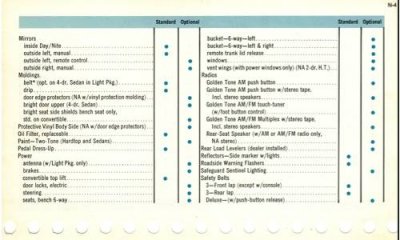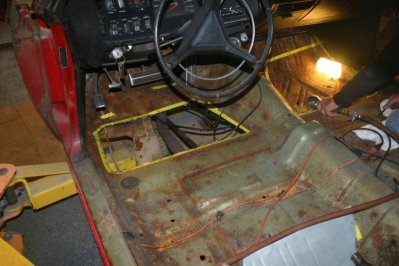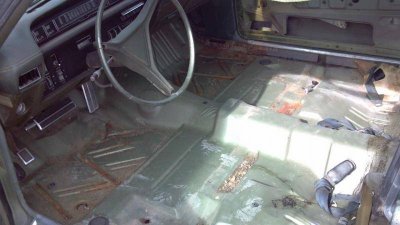Rigidity and strength is the exact reason. All A, B, C and E body convertibles have extra supports to try to make up for the lack of the roof support. I assume that 1970 wagons use the rigid mount for extra strength which obviously wasn't needed due to the 1971's being fitted with the TQ frames. There is extra bracing on the 69 - 70 C body convertible door pillars and windshield frame that work along with the rigidly mounted stub frame to keep the flex to as little as possible. Even though C bodies have a bolt on fore structure they are still unibody cars so the body integrity is very important especially on convertibles. The rocker panels, floor pan and closed doors are the only support from the door pillars to the rear body and frame components. The body flex is probably the reason why the Chrysler convertibles all came with door edge guards as standard equipment. I don't think the Torsion Quiet frame on John's car will break the car in half but it does separate the components that are supposed to work as one. As soon as I saw the picture of the TQ frame under that car I was just waiting for the accident story from the past. I wasn't trying to ruffle anyones feathers with this posting I just wanted to show people that they have options to get the correct parts.
It is also true that you can use later model torsion bars in the earlier cars with the added benefit of beefier bars than were available in earlier applications to keep the yachts from listing side to side.
Good Luck
It is also true that you can use later model torsion bars in the earlier cars with the added benefit of beefier bars than were available in earlier applications to keep the yachts from listing side to side.
Good Luck





















